How does Huawei’s HarmonyOS cockpit for new energy vehicles measure up? Centred on deep hardware-software integration, full-scenario connectivity and immersive interaction, Huawei’s HarmonyOS cockpit for new energy vehicles redefines the benchmark for intelligent cockpits.
The HarmonyOS cockpit’s interaction design breaks through the hierarchical limitations of traditional infotainment systems, employing a zero-level desktop with smart card-based services. Frequently used functions are accessible in a single step, significantly reducing the learning curve. Multi-screen linkage and split-screen display technology enable seamless content flow between the central control screen, front passenger entertainment screen, and even rear-seat displays. While the driver navigates, the front passenger can independently play videos without mutual interference.
The integrated intelligent voice assistant, Xiaoyi, supports continuous dialogue, multi-zone voice recognition, and ambiguous command comprehension. It can even sense passenger moods to proactively offer services. For instance, if a rear passenger says ‘It’s too cold,’ the system automatically adjusts the air conditioning temperature and airflow direction. Should the driver exhibit signs of fatigue, it prompts rest through voice alerts and tightening the seatbelt.
Holistic connectivity defines the HarmonyOS cockpit’s competitive edge. Unfinished navigation routes or paused videos from mobile devices seamlessly transfer to the in-car display upon entry. The infotainment system directly controls home appliances like air conditioning and lighting, creating a closed-loop ‘human-vehicle-home’ ecosystem that positions the car as the central node in Huawei’s ‘1+8+N’ all-scenario strategy.
How does the HarmonyOS cockpit in Huawei’s new energy vehicles perform? Its introduction has propelled intelligent cockpits from ‘feature accumulation’ towards ‘experience-driven’ evolution. Through continuous OTA upgrades, the HarmonyOS cockpit is progressively evolving from an ‘intelligent terminal’ into a ‘spatial intelligence entity,’ painting a more imaginative vision for future mobility.

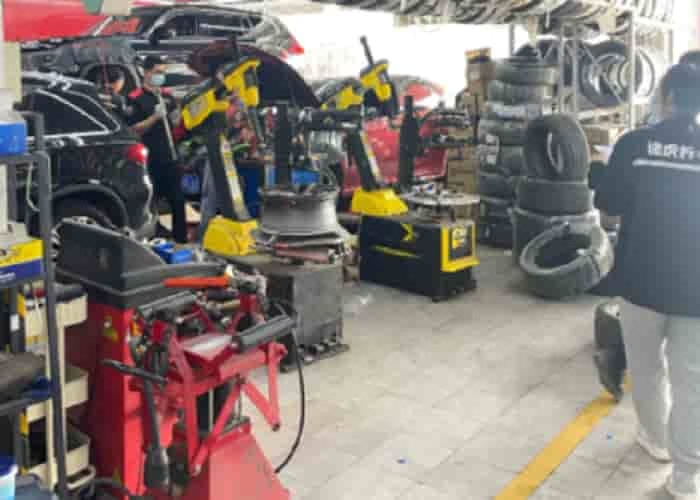
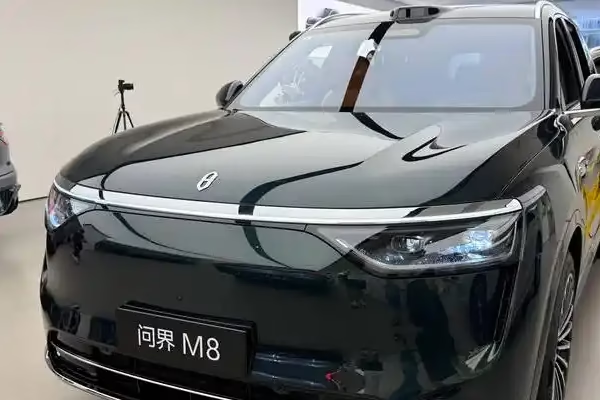


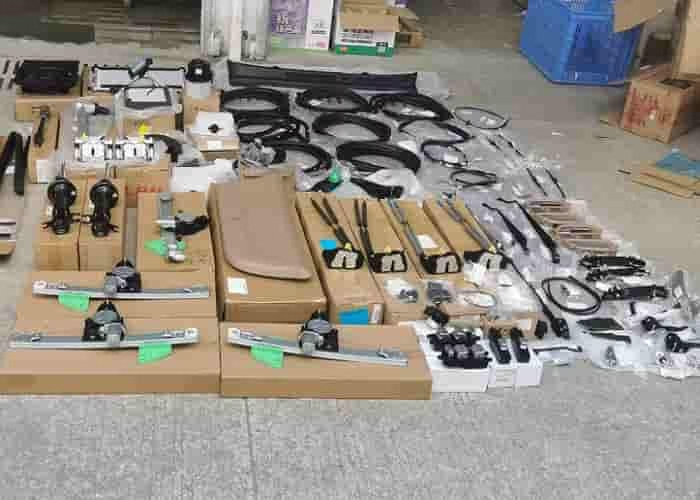



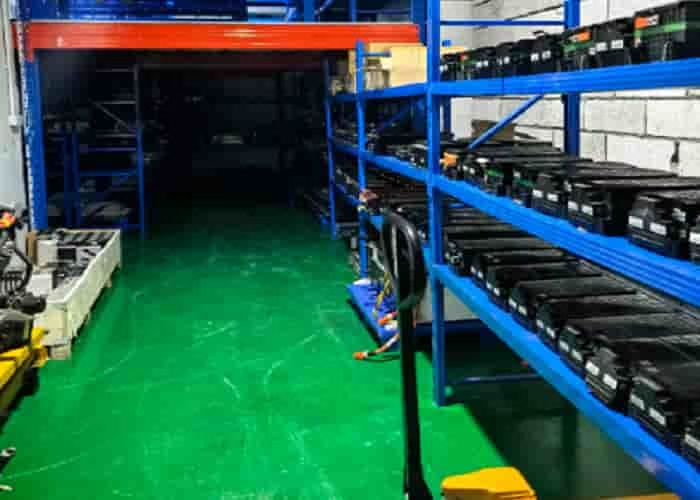
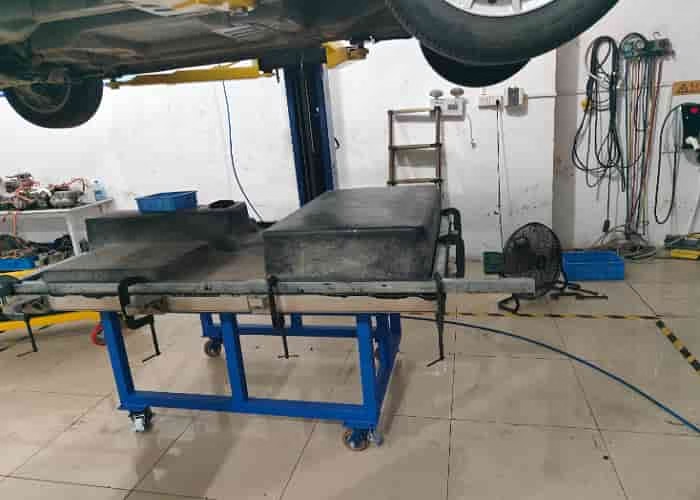
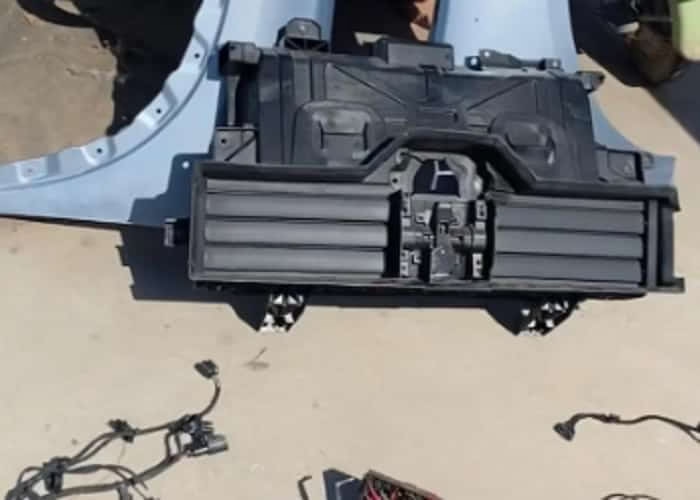




Leave a Reply